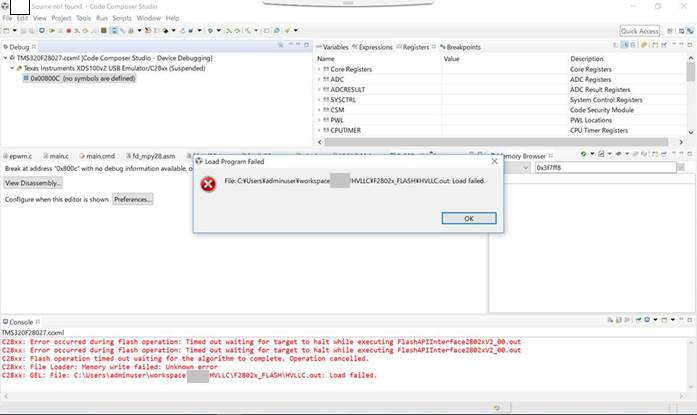

These types of error occur commonly in highly trained procedures where the person carrying them out does not need to concentrate on what they are doing. They occur during a familiar task and include slips (eg pressing the wrong button or reading the wrong gauge) and lapses (eg forgetting to carry out a step in a procedure). Some errors are slips or lapses, often "actions that were not as planned" or unintended actions.

HSG 48 provides a fuller description of types of error, but the following may be a helpful introduction.

A violation is a deliberate deviation from a rule or procedure. There are two main types of human failure: errors and violations.Ī human error is an action or decision which was not intended. It is important to be aware that human failure is not random understanding why errors occur and the different factors which make them worse will help you develop more effective controls. This also involves identifying the human errors that led to the accident and those factors that made such errors more likely – PIFs. This Key Topic is also very relevant when trying to learn lessons following an incident or near miss.
Control measures are devised and implemented, preferably by redesign of the task or equipment. Those factors that make errors more or less likely are identified (such as poor design, distraction, time pressure, workload, competence, morale, noise levels and communication systems) - Performance Influencing Factors (PIFs). Significant potential human errors are identified,. The challenge is to develop error tolerant systems and to prevent errors from initiating to manage human error proactively it should be addressed as part of the risk assessment process, where: In order to avoid accidents and ill-health, companies need to manage human failure as robustly as the technical and engineering measures they use for that purpose. Many major accidents eg Texas City, Piper Alpha, Chernobyl, were initiated by human failure. Analysis of accidents and incidents shows that human failure contributes to almost all accidents and exposures to substances hazardous to health. However in the workplace, the consequences of such human failure can be severe. Lighting, thermal comfort, noise and vibrationĮveryone can make errors no matter how well trained and motivated they are. Overview - Safety critical communications.







 0 kommentar(er)
0 kommentar(er)
